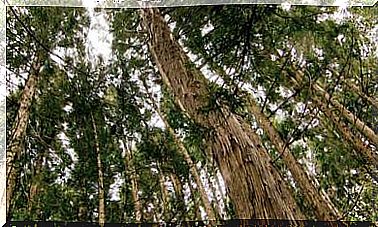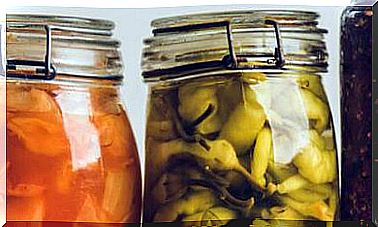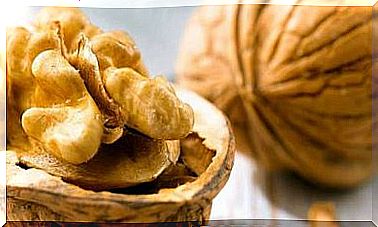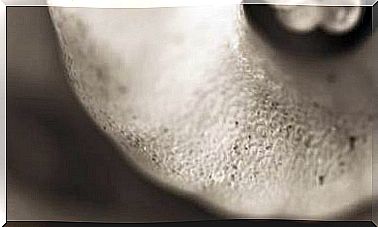Microorganisms: An Alternative To Pesticides And Fertilizers
Agronomists propose mixtures of bacteria, yeasts and fungi as an effective natural alternative to pesticides and fertilizers.
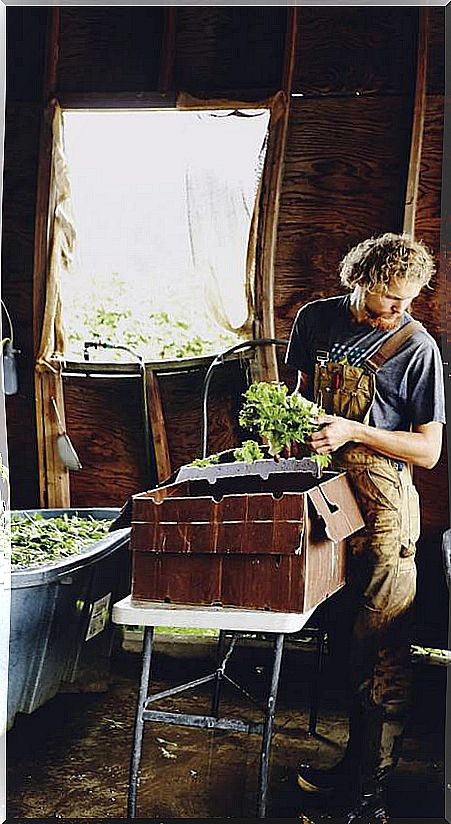
Teruo Higa began researching the properties and applications of “efficient microorganisms” in the 1970s. In his book A Revolution to Save the Earth he explains how he found the alternative to the use of chemical pesticides in Okinawa in a mixture of about 80 bacteria, yeasts and fungi.
At that time, chemical fertilizers were fully established on the island and threatened to destroy the natural and millennial balance of traditional agriculture. I had been researching all kinds of microorganisms for months to see if they could do something meaningful to regenerate the soil or support plant growth. All his efforts were in vain.
But that day, as usual, when he was going to pour all the microbial cultures that he had developed over the weeks into the heap , he stopped and felt compassion or affection for these tiny beings. He decided to throw them into the garden of the laboratory, in case they could live there better than in the sewers.
After a few days he noticed a large green patch different from the rest of the lawn, right where he had thrown the microbes. Eureka! He had discovered one of the fundamental laws of microbiotics : “It is not the action of a particular and isolated microorganism that generates a beneficial action in a medium, but the field generated by all the regenerative families that can coexist in an ecosystem. determined”.
Microorganisms to regenerate the earth
The “efficient microorganisms” were born, a cocktail of bacteria, yeasts, fungi and actinomycetes that activate and preserve vital order wherever they land.
The technology of “efficient microorganisms” has proven effective over the years in areas such as the regeneration of contaminated soil or the cleaning of any human or animal habitat, such as farms, hospitals, houses …
In all these areas they have become a support to improve the health of people, animals and ecosystems.
Higa’s findings with his “efficient microorganisms” has sparked business initiatives around the world. Higa’s EMRO brand is joined by Mikroveda, Multicraft, Probiotics … In Spain the innovative company Pharma Biozyme recently started its journey.
In South America another trend of environmental microbiotics is developing: “regenerative agriculture”. It contemplates the production of microbiological inputs by the farmer himself, without the need to depend on companies that sell them. The highest representatives are the engineers Jairo Restrepo (Colombia) and Nacho Simón (Mexico), who are revolutionizing organic farming.
3 applications of environmental microbiotics at home
We can take advantage of this knowledge also at home. Some examples of how it is currently being done are:
- Supercompost: The Bocashi bucket produces a liquid supercompost that, diluted in water, is an excellent liquid fertilizer for plants and urban gardens.
- Cleaning products: With water and certain microorganisms, effective cleaning products can be made without synthetic ingredients.
- Personal hygiene: Certain microorganisms can even be part of personal hygiene products such as deodorants.

